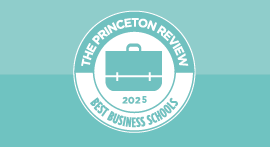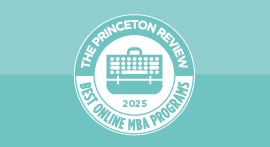Academics
The AACSB-accredited MBA program at Auburn University Montgomery is “a great place to get your MBA at night,” according to the program’s locally-based student body. Students here also appreciate the “affordable” tuition as well as the school’s “reputation for academic excellence” and “instructors who bring real-life business experiences to the classroom” and “have connections in the business world.” The program is designed for part-time students; in fact, any student wishing to exceed a course load of nine hours per semester must first receive approval from the dean of the School of Business.
The MBA program at AUM is divided into three parts. The first is called the Basic Program, consisting of eleven half-term courses covering business concepts typically taught at the undergraduate level (accounting, management, marketing, business law, microeconomics, macroeconomics, operations management, statistics, MIS, and finance). Students who can demonstrate sufficient background in these areas may petition to be exempted from some or all of these requirements. The second part of the program is the Business Core, a seven-course set of classes covering such integrative concepts as managerial applications of accounting information and synergistic organizational strategy (the latter is a capstone course), as well as such essential functions as marketing, data analysis, and managing personnel. The program concludes with either three or four electives, depending on whether the student chooses a General MBA or a specialization. Specializations are offered in accounting, contract management, economics, finance, global business management, information systems, management of information technology, management, and marketing. Students earning a GPA below 3.25 must pass comprehensive exams at the end of the program in order to graduate. The program must be finished within five years of starting.
AUM MBAs brag that “professors are extremely knowledgeable, helpful, and outstanding in their areas,” and that they also “understand that most of the evening students are fully employed and try to incorporate their day-to-day activities” into the curriculum. Most here “would like to see the use of more technology in the classroom” and complain that the school needs “all classrooms to be enabled with things like wireless internet access.” Classrooms could also be improved by making them “resemble the real world, i.e. u-shaped seating”; at the very least, the school “needs to upgrade classroom furniture to make it feel less like a high school/junior high,” students tell us.




